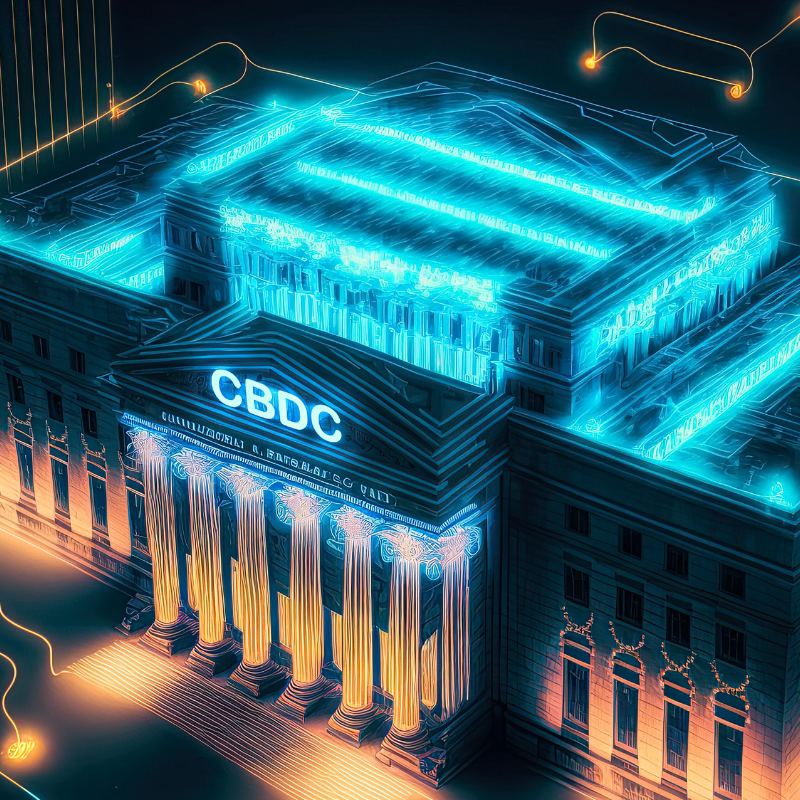Proof-of-reserves is a method cryptocurrency exchanges and other financial institutions use to demonstrate that they hold the funds they claim to have on deposit to ultimately fund customer balances. The concept behind proof-of-reserves is to provide transparency and to assure customers and regulators that the institution has the necessary assets to meet its financial obligations.
There are different ways to prove the existence of reserves, but generally, the most common proof-of-reserves method is to have the institution provide cryptographic proof that it holds a specific amount of funds in a specific address. The goal would be to have a third-party auditor validate the assets on hand and cryptographically prove ownership of the specific customer funds, which would verify that the institution indeed controls the private keys associated with the address in question.
Proof-of-reserves may help build trust and confidence in the institution, as it gives assurance to users that their assets held by third-party institutions exist. This is particularly important for cryptocurrency exchanges, as the industry is still relatively new. The ability to see a 1:1 ratio between assets and liabilities on a per-customer level may help ensure that customer deposits are not being utilized for any other purpose. Not unlike traditional finance, where assets are held at a third party and ultimately have a payable/liability to customers for their deposits, cryptocurrency can be a bit more nuanced as the industry is still new and not fully developed, so the concept of a third party having full title and ownership of customer assets has been an ongoing area of focus for the cryptocurrency industry.
Obstacles/Benefits of Proof-of-Reserves
Some potential obstacles of proof-of-reserves include:
- The cost and resources required to perform regular audits to prove reserves.
- The potential for errors or discrepancies to be found during the audit process could lead to negative consequences for the organization.
- Privacy concerns may arise if the process of proving reserves involves disclosing sensitive financial information or a company’s keys.
- It may not provide a complete picture of the company’s financial health, as it only focuses on one aspect.
Some potential benefits of proof-of-reserves include:
- Increased transparency and trust: Proving reserves can help build trust with stakeholders by providing a clear and verifiable depiction of the organization’s underlying assets and/or liabilities.
- Improved accountability: By proving reserves, organizations can demonstrate that they are responsible stewards of their customer’s assets.
- Enhancing reputation: Proving reserves can enhance the reputation of the organization among its stakeholders, customers, and the public.
- Detecting fraud: Proving reserves can help to detect fraudulent activities and ensure that the company’s financial records are accurate.
Wrap Up
Proof-of-reserves is still a relatively new concept that will only gain more traction and adoption as the cryptocurrency space grows and continues to develop.
To date, only a handful of exchanges have shared a proof-of-reserves with liabilities included. As mentioned earlier, proof-of-reserves is still in its infancy stage but will continue to be tweaked to meet the standards of compliance and regulatory guidance as needed. This will most likely occur as the space matures and may speed up when clarity is provided to the cryptocurrency markets.
Authors: Mohammed Bari | [email protected] and Mark Eckerle, CPA, Team Leader, Digital Currency and Blockchain Technology | [email protected]
Contact Us
For more information on this topic, please contact a member of Withum’s Digital Currency and Blockchain Technology Services Team.




